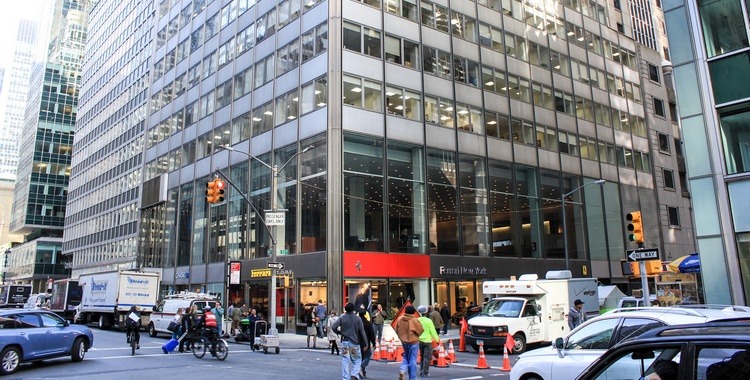
US GDP, the value of all goods and services produced across the economy, rose at an annualised rate of 2.1 per cent in the third quarter, up from an initial estimate of 1.5 per cent, according to figures from the Bureau of Economic Analysis. The estimate is the second of three for the quarter.
That was a marked slowdown from the second quarter, when the world’s largest economy grew at an annualised rate of 3.9 per cent.
Consumer spending, which accounts for about 70 per cent of GDP, powered the economy, growing at an annualised rate of 3 per cent. An improvement in the labour market and a fall in fuel prices boosted spending power and drove consumer confidence. A 3 per cent rate, however, was down from an initial estimate of 3.2 per cent and 3.6 per cent in the second quarter.
The upward revision to third-quarter economic growth was largely due to higher accumulation of inventories. Businesses accumulated 90.2 billion dollars worth of inventories, instead of 56.8 billion dollars that was reported last month. The change in private inventory accumulation chopped off 0.59 percentage points from GDP rather than 1.44 percentage points, which was previously estimated. Elevated stockpiles, compared with sales, suggest that business inventories could be a drag on growth during the fourth quarter.
Weak demand overseas and a stronger dollar, which makes US products more expensive abroad, have affected US exporters. Exports of goods and services rose 0.9 per cent. Imports rose 2.1 per cent.
Business investment slowed to a 2.4 per cent annual rate from 4.1 per cent in the previous quarter. Spending on equipment grew by a robust 9.5 per cent rate. Residential investment rose 7.3 per cent, a good sign of the recovery in the housing market.
The latest GDP growth data as well as a steady improvement in the labour market (the unemployment rate fell to 5 per cent in October) suggest that the Federal Reserve’s rate-setting body will probably increase the federal funds rate by a quarter percentage point at its final meeting of 2015, on December 15-16. That will be the first interest rates increase since 2006.
The final important data before the Fed’s December meeting is scheduled for December 4th, when the Bureau of Labor Statistics will publish a hiring and unemployment report for November.
photo: East Midtown / CC BY-SA 2.0